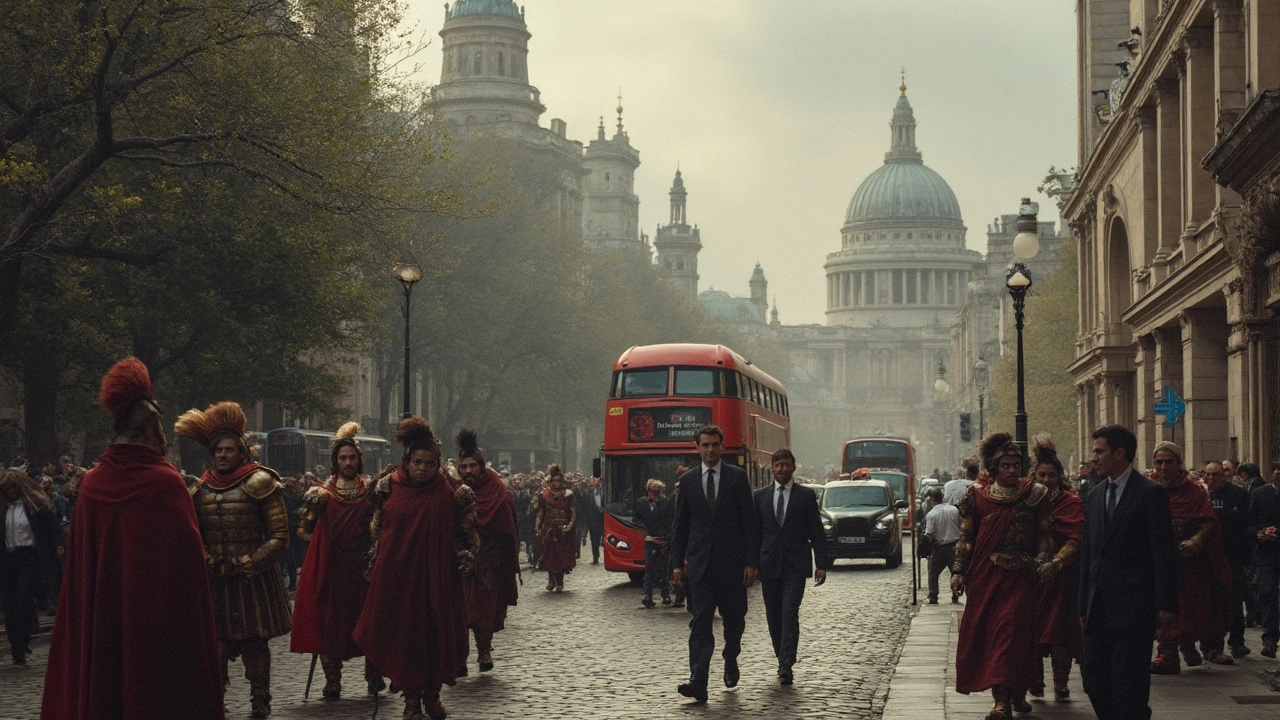Roman London: What the City Was Like Under the Romans
Ever wonder what London looked like before the Tower Bridge and the Tube? Around AD 43, the Romans set up a bustling town called Londinium right where the City of London sits today. It was a grid of streets, a river port, and a mix of shops, temples, and baths. In this guide we’ll break down the basics of Roman life, point you to the best spots to see the old stones, and give you a feel for how the ancient city shaped the modern one.
Everyday Life in Londinium
Romans were practical. They built a straight‑through road network that still influences today’s main streets like Bishopsgate and Cheapside. Most people lived in timber or brick houses packed close together, with a small courtyard where they cooked and stored food. The River Thames was the lifeline – goods from across the empire arrived on ships and were unloaded at the riverbank market.
A typical day started with a visit to the forum, the town’s marketplace and meeting place. Here you’d hear gossip, buy pottery, or grab a snack from a street vendor. Wealthier citizens took a break at the public baths, which were more than a place to get clean – they were social hubs with heated rooms, saunas, and even exercise areas.
Religion blended local Celtic traditions with Roman gods. You’ll find evidence of temples to Jupiter and local shrines to the goddess Nodens. Festivals were loud, with music, dancing, and fireworks. For kids, games were simple – dice, knucklebones, and mock sword fights in the streets.
Where to See Roman Remains Today
If you want to step into Roman London, head to the Museum of London. The basement holds the famous Roman wall and a section of a preserved street‑level shop. The Guildhall Art Gallery also displays a slice of a Roman road under its floor. For a quick glance, walk past the modern City Hall and look for the stone fragment embedded in the pavement; that’s a piece of a Roman defensive wall.
Even the London underground has a secret – the underground River Fleet once ran through Roman Londinium, and parts of its stone lining are still visible to the public at the Museum of London’s underground tours. Lastly, the Roman amphitheatre at the Guildhall, discovered in 1988, is now a glass‑covered exhibit where you can picture gladiators and public spectacles.
Visiting these sites gives a real sense of how the Romans laid the groundwork for today’s city layout. The streets, the way the river is used, and even some building foundations trace back to that 2,000‑year‑old settlement.
So next time you stroll past a modern office tower, imagine a Roman soldier on patrol, a merchant haggling over bronze goods, or a baker pulling fresh bread from a clay oven. Roman London may be hidden beneath our feet, but its influence is still very much alive in the city we love today.

Old Name for London: The Origins and Secrets of Britain's Capital
Where did the name 'London' come from? This article digs into the city's oldest name, tells the story behind it, and shares some surprising facts. If you're curious about London's roots, you'll find practical info here that's not just for history fans—anyone who wants to sound smart at the pub will get something out of this read. Discover why London was once called something completely different, and how that old name still pops up around the city today. You'll even pick up tips for spotting bits of ancient London still hidden in plain sight.
READ MORE